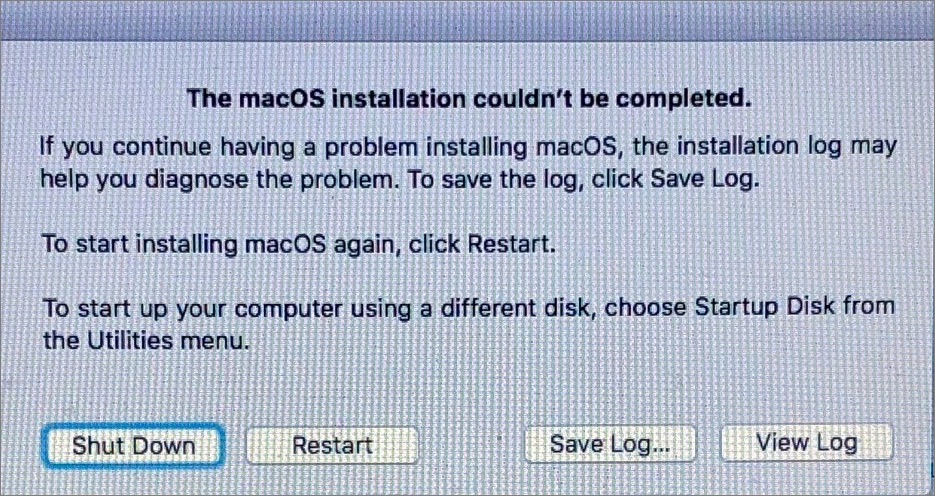

- #How to find the shutdown logs for mac os high sierra movie#
- #How to find the shutdown logs for mac os high sierra install#
- #How to find the shutdown logs for mac os high sierra trial#
#How to find the shutdown logs for mac os high sierra trial#
The technical solution would be to trial the feature to log out idle connections and see if that works. Press Command + L and check the log screen to see if the files are being installed. A bit brutal, but it’s better than them losing their data by an unclean shut down.

You can launch it with Spotlight search by pressing Command+Space, typing Console, and then pressing Enter. Reboot your Mac in Safe Mode and try installing the macOS update. To view your Mac system logs, launch the Console app.
#How to find the shutdown logs for mac os high sierra install#
Now you can drag the crash log file into an email message response to your support ticket.ģ) Once you've clicked on the crash log filename in the second column, you will see the details of that crash log appear in the third (right-most) column. Click on the Apple Menu > System preferences > Software Update and install the available updates. Then do one of the following:ġ) If you have a specific email address, use the Share icon at the top of the Console window to send the crash log as an attachment to the desired email address.Ģ) RIGHT-CLICK on the crash log filename, and select the "Reveal in Finder" menu item. Select the crash log with Screenwriter's name and the relevant date.
#How to find the shutdown logs for mac os high sierra movie#
This will display a list in the second column of all of the recent crash logs for Movie Magic Screenwriter (or Dramatica Story Expert):

In the left column, select the User Reports folder. Today is the day I tell you that the M1 MacBook Air of Gold Colour is a lie. Time to admit to myself and deal with it. Once you open the Console app, you'll see three columns. I for the most part know not everyone will particularly agree with my way of thinking, or that sort of such a statement should even be thought. If the Activities button in the toolbar is enabled with a blue icon, click it to turn this off. Click the leftmost button in the toolbar to show the sidebar, if it’s hidden. The Console app can be run either by searching for it using the Spotlight search icon in the upper right menu bar, or by opening the Console app, which is located in the /Applications/Utilities. Using the Console on macOS Sierra and later Open the Console application (from the Utilities folder inside your Applications folder). If that doesnt work search Google for 'rebuilding catalog b-tree'. All of your recent crash logs can be accessed inside Apple's Console app. fsck -fy Once fsck completes, if you see a File system was modified message, then you should run fsck -fy again until you see a message stating The volume (name) appears to be OK this is standard procedure of using fsck Type reboot to leave Single User Mode. If some issue causes Screenwriter to crash, we need to get the crash log.


 0 kommentar(er)
0 kommentar(er)
